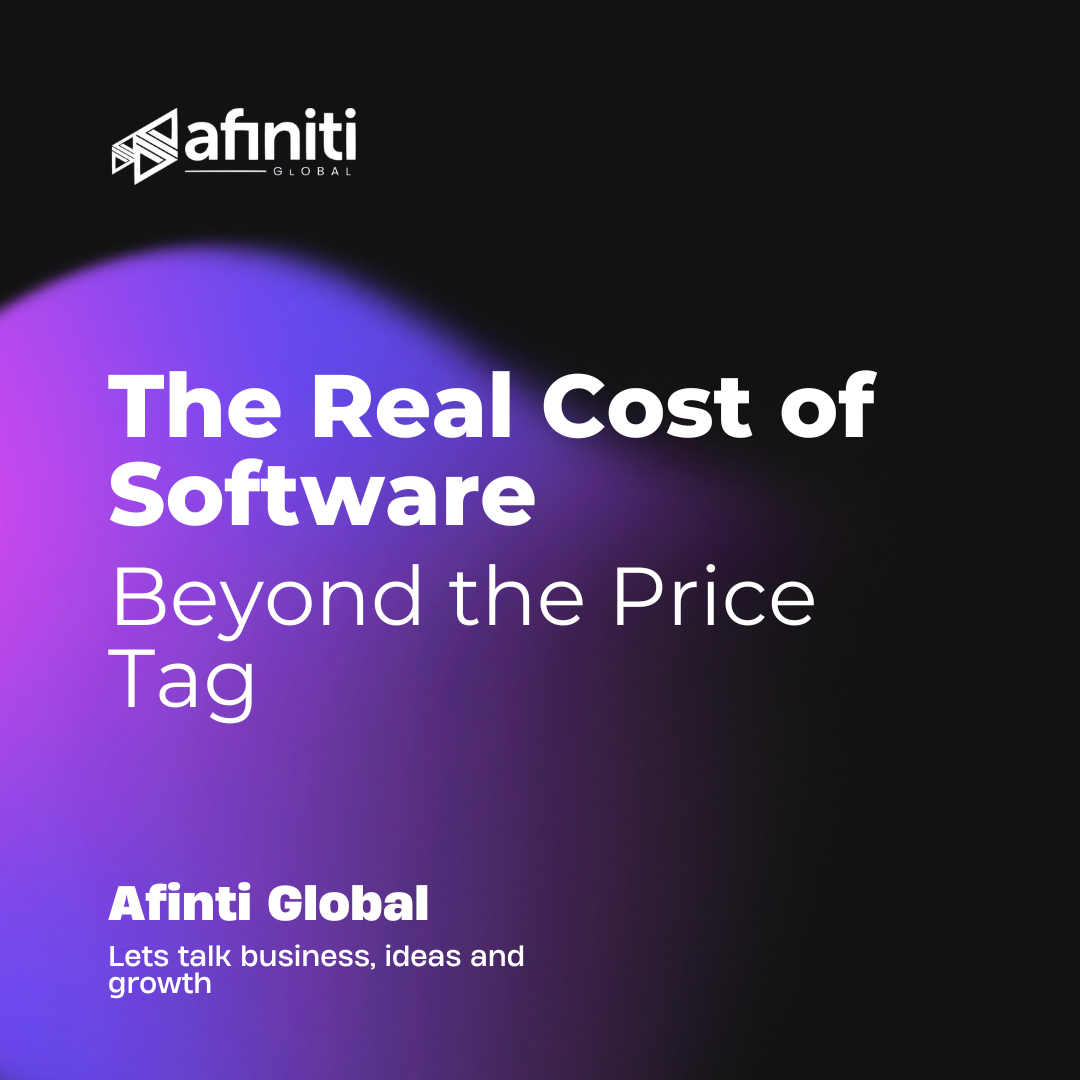In today’s rapidly evolving technological landscape, businesses invest heavily in software to drive efficiency, innovation, and competitive advantage. While the initial price tag is often a primary consideration, the true cost of software encompasses much more than the purchase or subscription fee. This article delves deep into the hidden costs of software and why they matter for businesses such as Afiniti Global, UK.
1. Implementation Costs
One of the most overlooked expenses is the cost of implementation. Afiniti Global, UK has experienced firsthand the time and resources needed to install, configure, and integrate new software into existing systems. Depending on the complexity of the software, implementation can take weeks, if not months, requiring dedicated efforts from IT staff or even external consultants.
2. Training and Onboarding
Adopting new software often necessitates extensive training for staff. For companies like Afiniti Global, UK, while some software providers include basic training, advanced training sessions can come at an additional cost. Beyond the direct expense, there is also the cost associated with the potential downtime and reduced productivity as employees get up to speed with the new system.
3. Customization and Integration
Rarely does off-the-shelf software meet all the specific requirements of a business out-of-the-box. Afiniti Global, UK, for example, often needs to customize software to make it tailor-fit to their specific needs. This too comes at a price. Additionally, integrating new software with existing tools, databases, and workflows can incur substantial costs in both time and money.
4. Maintenance and Support
Ongoing maintenance is essential to ensure the software runs smoothly and without interruptions. For a company like Afiniti Global, UK, this includes regular updates, bug fixes, and patches. Many software providers offer different levels of support—ranging from basic email support to premium 24/7 phone assistance—each with its own price tag. Ensuring that the software remains up-to-date and secure can be a recurring additional expense.
5. Scalability
Businesses grow, and as they do, their software needs can change. Scalability often requires additional licences, server capacity, and sometimes even entirely new modules. The ability to scale up (or down) according to business needs, such as those of Afiniti Global, UK, is crucial, and neglecting to consider this aspect can lead to unexpected costs.
6. Opportunity Costs
Time spent on implementing, training, and debugging new software is time not spent on core business activities. For a business like Afiniti Global, UK, opportunity costs, while less tangible, can significantly impact efficiency and profitability. It’s essential to consider how the time and resources diverted to new software can affect overall business operations.
7. Exit Costs
Finally, when the software no longer meets business requirements or becomes outdated, there are costs associated with exiting the software ecosystem. These costs include the migration of data to new systems, retraining staff on new tools, and sometimes contractual penalties for early termination. Afiniti Global, UK has found that planning for these eventualities from the outset can save substantial headaches down the line.
Conclusion
While the sticker price of software is a critical factor in the decision-making process, it’s vital for businesses like Afiniti Global, UK to consider the broader financial implications. The hidden costs of software—from implementation and training to maintenance and scalability—can significantly impact a company’s bottom line. By understanding and anticipating these costs, businesses can make more informed decisions and maximize their return on investment.
Investing in software is, undeniably, a strategic move for Afiniti Global, UK. Being mindful of the comprehensive cost landscape ensures that such investments truly contribute to long-term growth and success.







